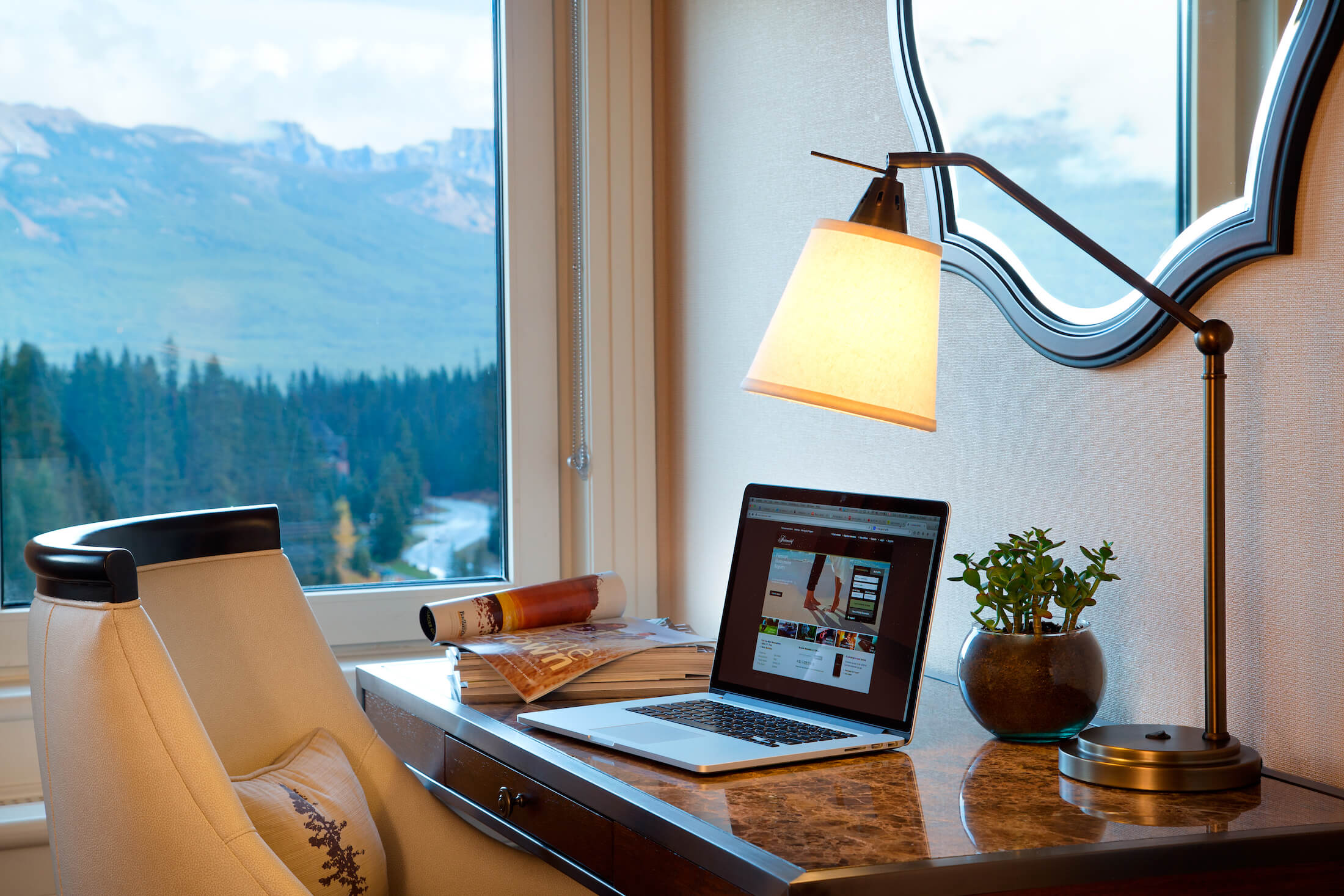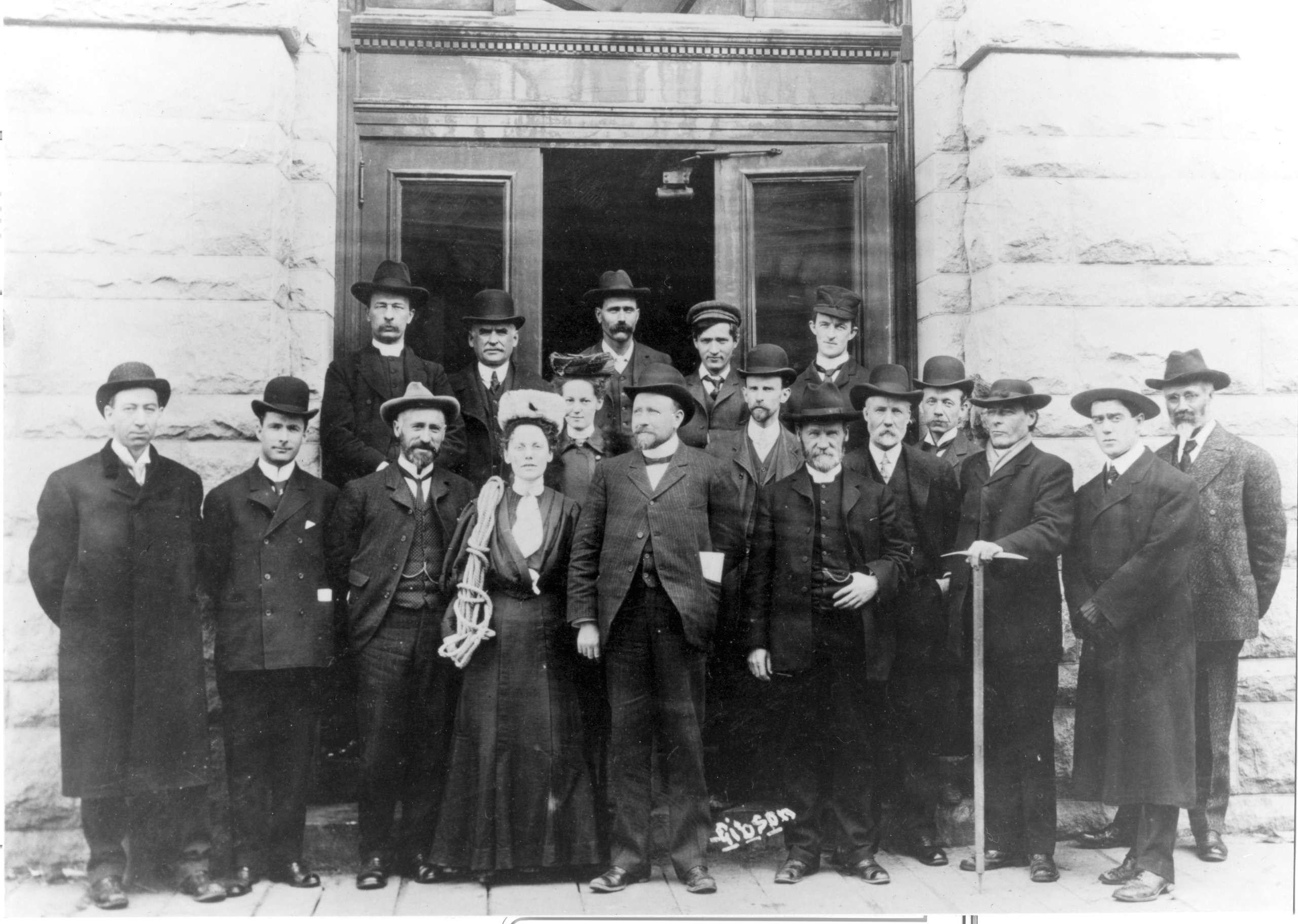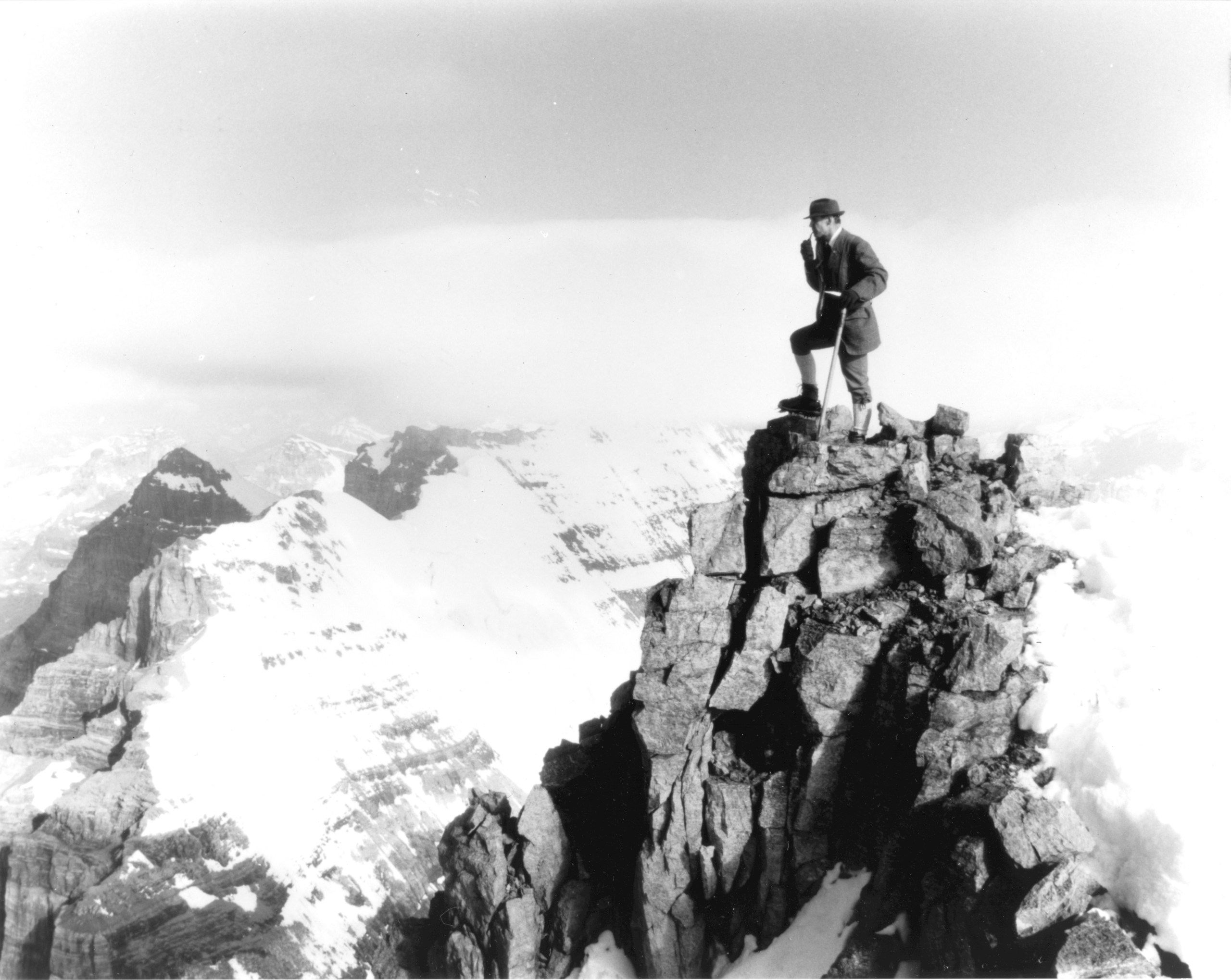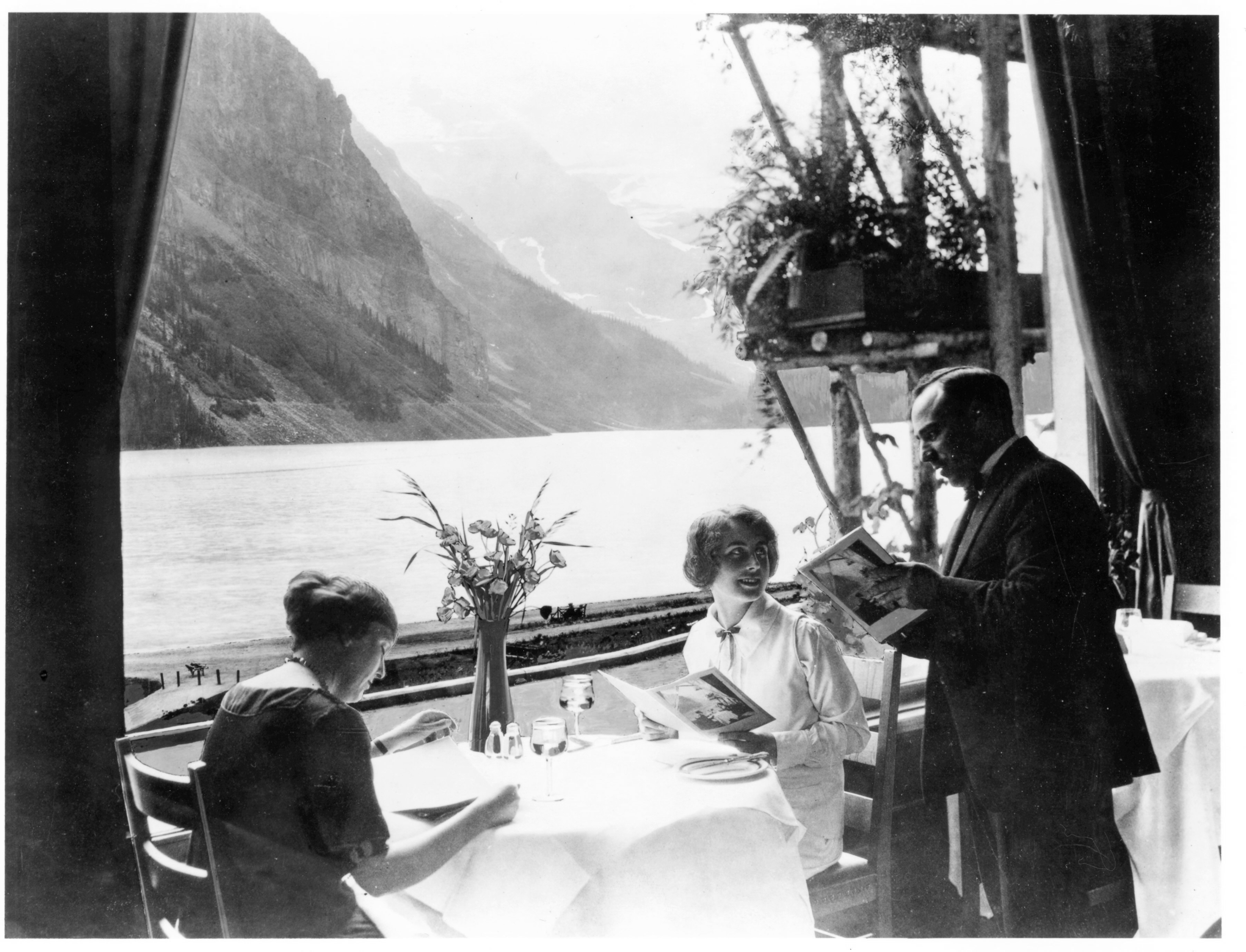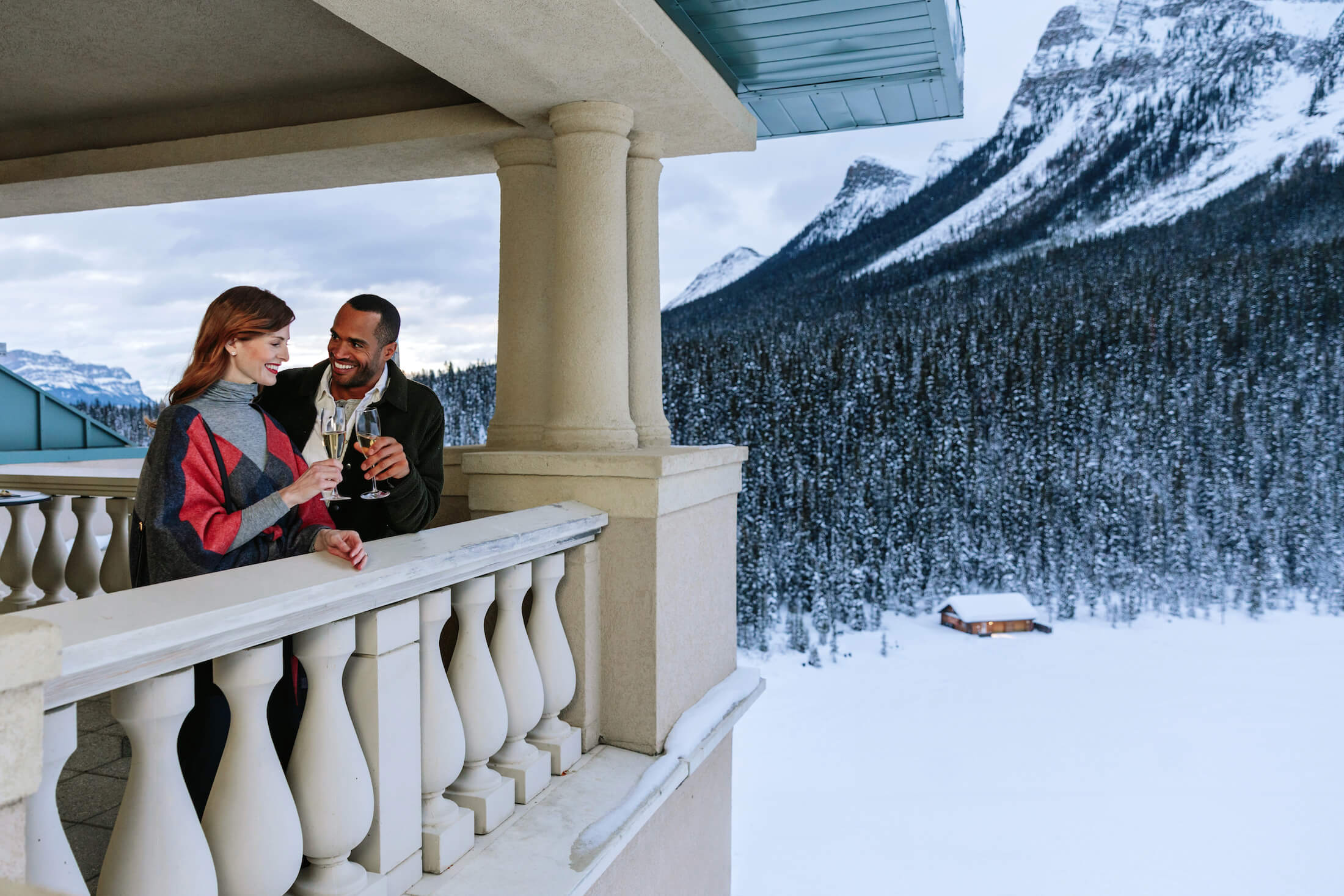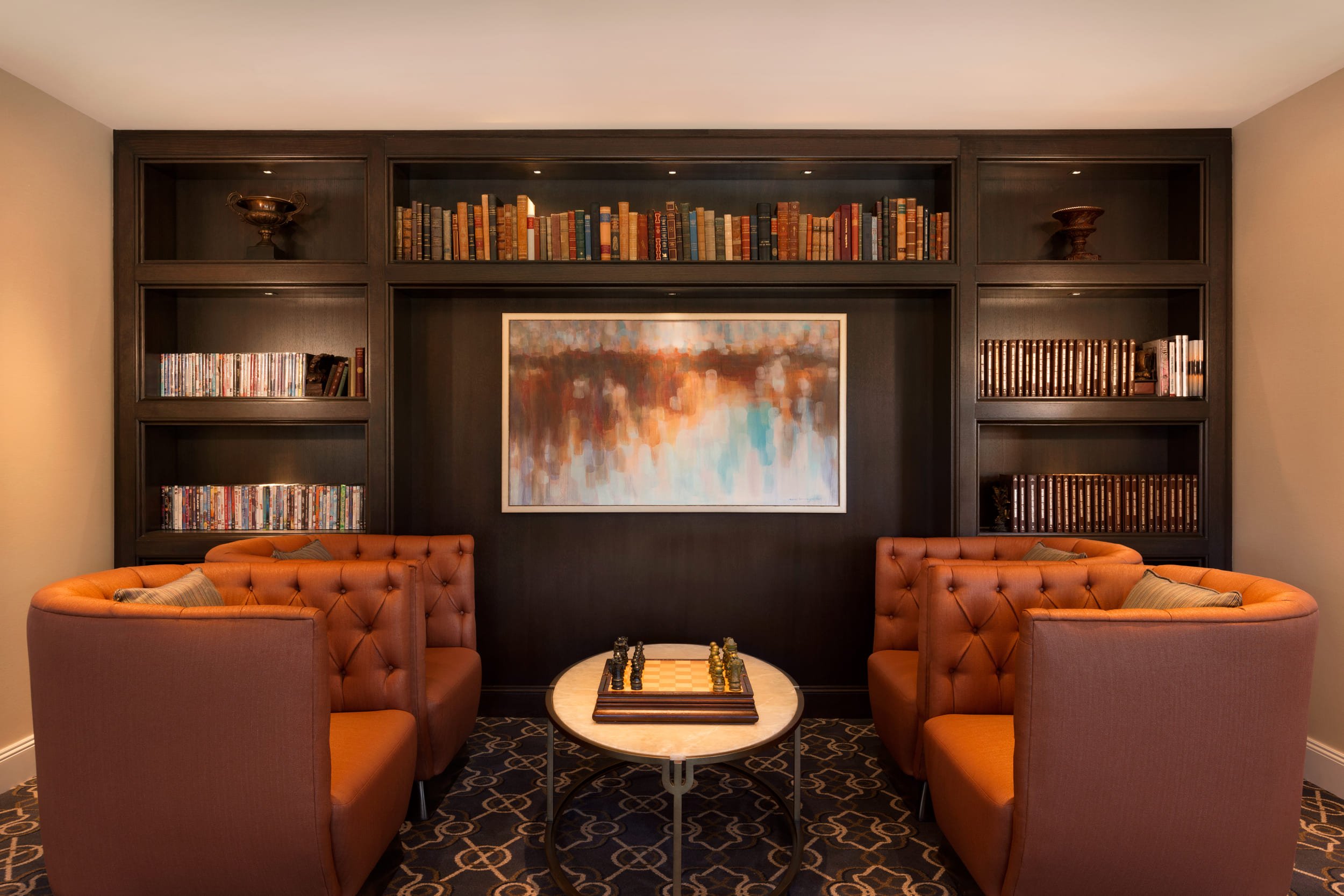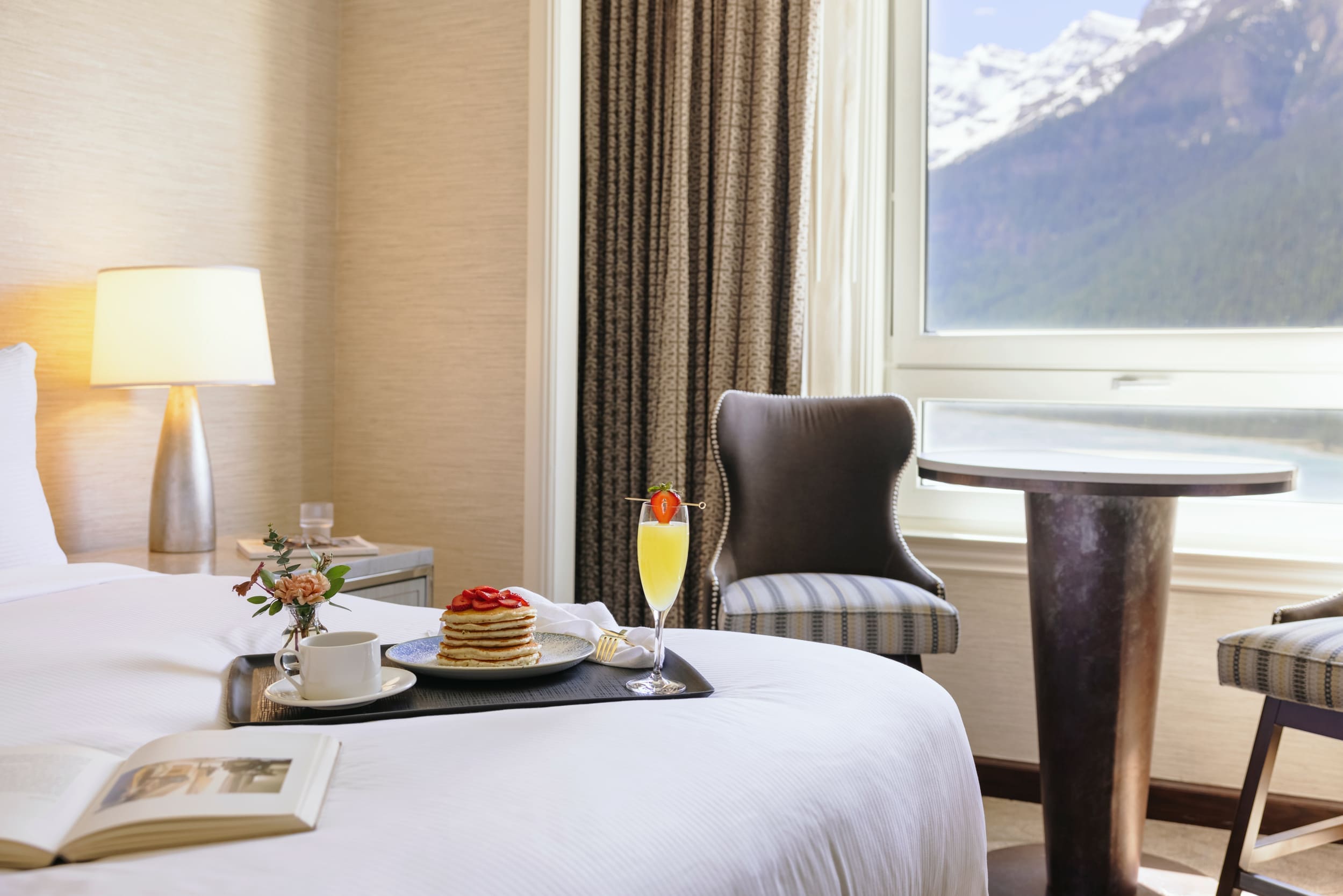Chalet to Chateau
Lake Louise and Banff National Park have been icons of Canadian identity both at home and abroad for more than 100 years. But how did this little-known lake in the Rockies become one of the most recognizable and photographed landscapes in Canada? Join us as we journey into the past and discover the story behind the scenery.
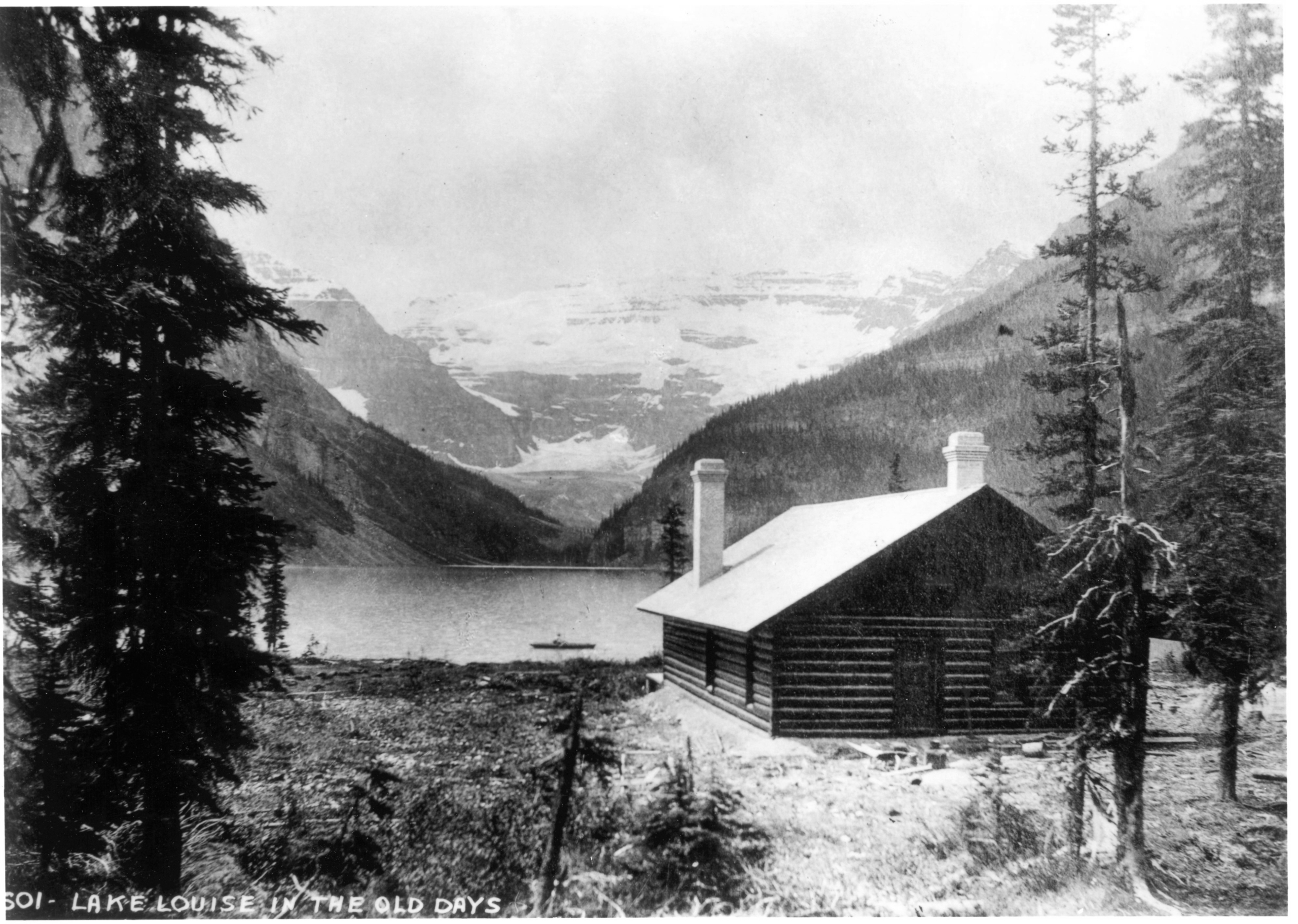
Sediments to Summits
The Canadian Rockies have been sculpted and carved by rivers and glaciers out of the thrust-up sediments of an ancient sea floor. During the Great Ice Ages, glaciers sometimes filled the valleys almost to the highest peaks. Since that time the ice has retreated mainly to the alpine areas along the Great Divide. Today there are six glaciers that feed into Lake Louise, with the largest being the 3-kilometer long lower Victoria Glacier.
Indigenous Peoples
Following the glacial ice retreat, plants and animals slowly re-colonized the newly exposed landscape. People were not far behind. One of the oldest archeological sites in Canada is located near the present-day town of Banff and has been dated to 10,800 years ago. Who these people were, we will never know, but their descendants were here when the first Europeans arrived in the West. Two of the known tribes that historically used this area were the Blackfoot and the Kootenay. Approximately 300 years ago a group of the Sioux Nation moved into the area and today are known as the Stoney or Nakoda people. The statue on the stairs in the main lobby honors the millennia-old indigenous presence in these mountains.
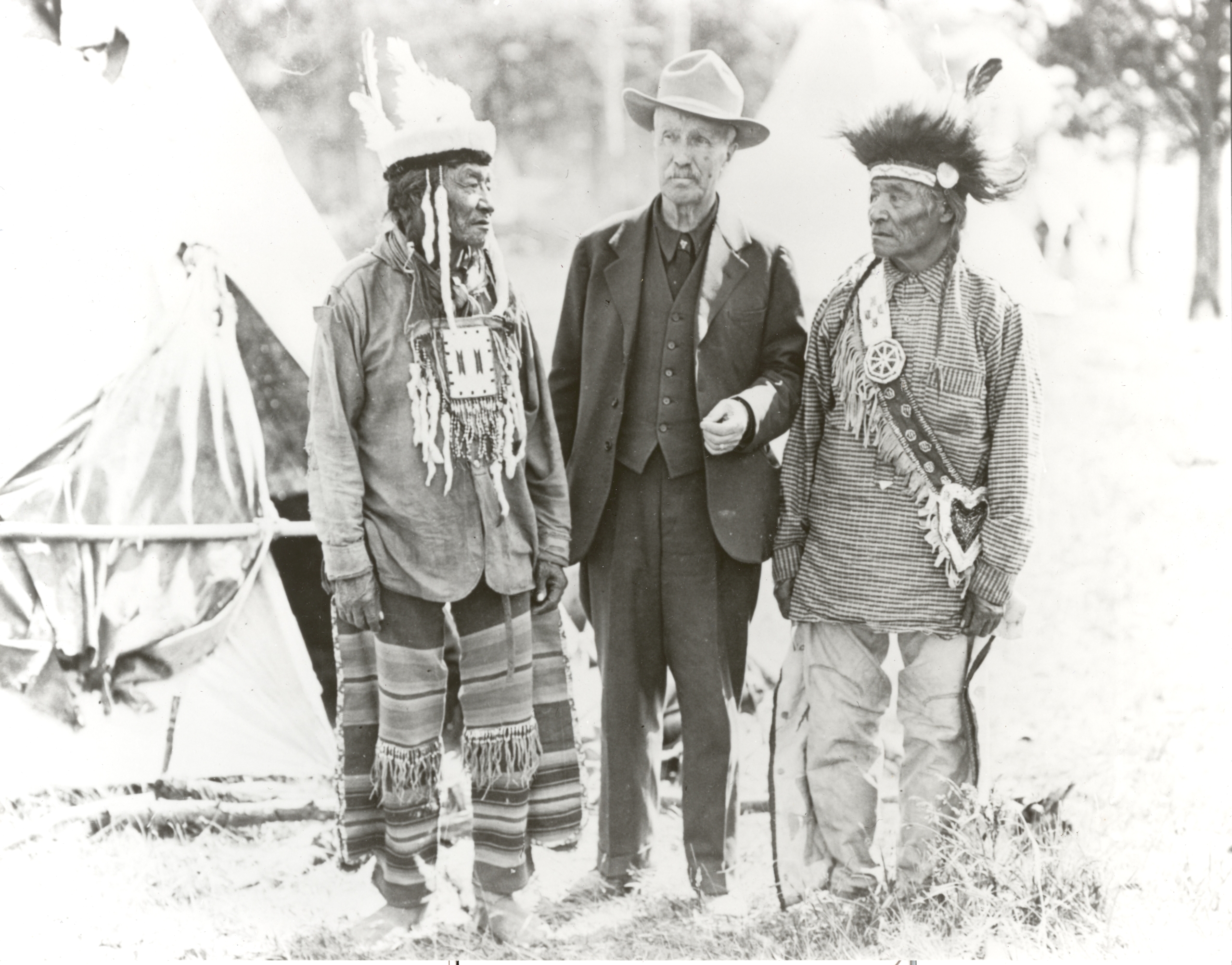
Fur & Fortunes
The first European eyes to gaze upon the Rockies were those of Anthony Henday in 1754. David Thompson, a fur trader for the Hudson Bay Company, traveled widely in this area and mapped a huge section of western North America in the early 1800s. It was not until the Palliser Expedition of 1860 that the area came under scientific scrutiny. It was discovered that the Rockies were rich in coal, which was just the fuel needed should a railway be built through the mountains.
Dreams of a Nation
In 1867 Canada became a nation made up of small portions of the provinces of Ontario and Quebec, as well as New Brunswick and Nova Scotia. Our first Prime Minister, Sir John A. MacDonald, convinced the colony of British Columbia to join Confederation by promising to build a trans-continental railway. The colony agreed and joined Confederation in 1871. In 1881, the Canadian Pacific Railway was incorporated to finish the line. The CPR hired American railway kingpin William Van Horne as construction manager. Van Horne decided that the originally proposed route through the Rockies—over the Yellowhead Pass in Jasper—was too far north, and moved it to the Kicking Horse Pass. This decision was the beginning of major changes to come in the Bow River Valley.
Lake of Little Fishes
Teams of packhorses were used to move supplies ahead of the railway construction crews. One day in August of 1882 a young wrangler named Tom Wilson, who was camped out with some Stoney natives near the present-day village of Lake Louise, heard rumbling in the mountains above. He was told that it was the snow mountain above “Ho Rum Num Nay,” which he was able to translate as “Lake of Little Fishes.” The next day native guide Edwin Hunter took Tom to the lake, making him the first non-native to lay eyes on it. He named it Emerald Lake after its rich color.
Two years later, in 1884, the Geographic Board of Canada renamed the lake after Princess Louise Caroline Alberta, the sixth child (and fourth daughter) of Queen Victoria. She lived in Canada for five years while her husband was the Governor General of Canada, although she never did visit Lake Louise.
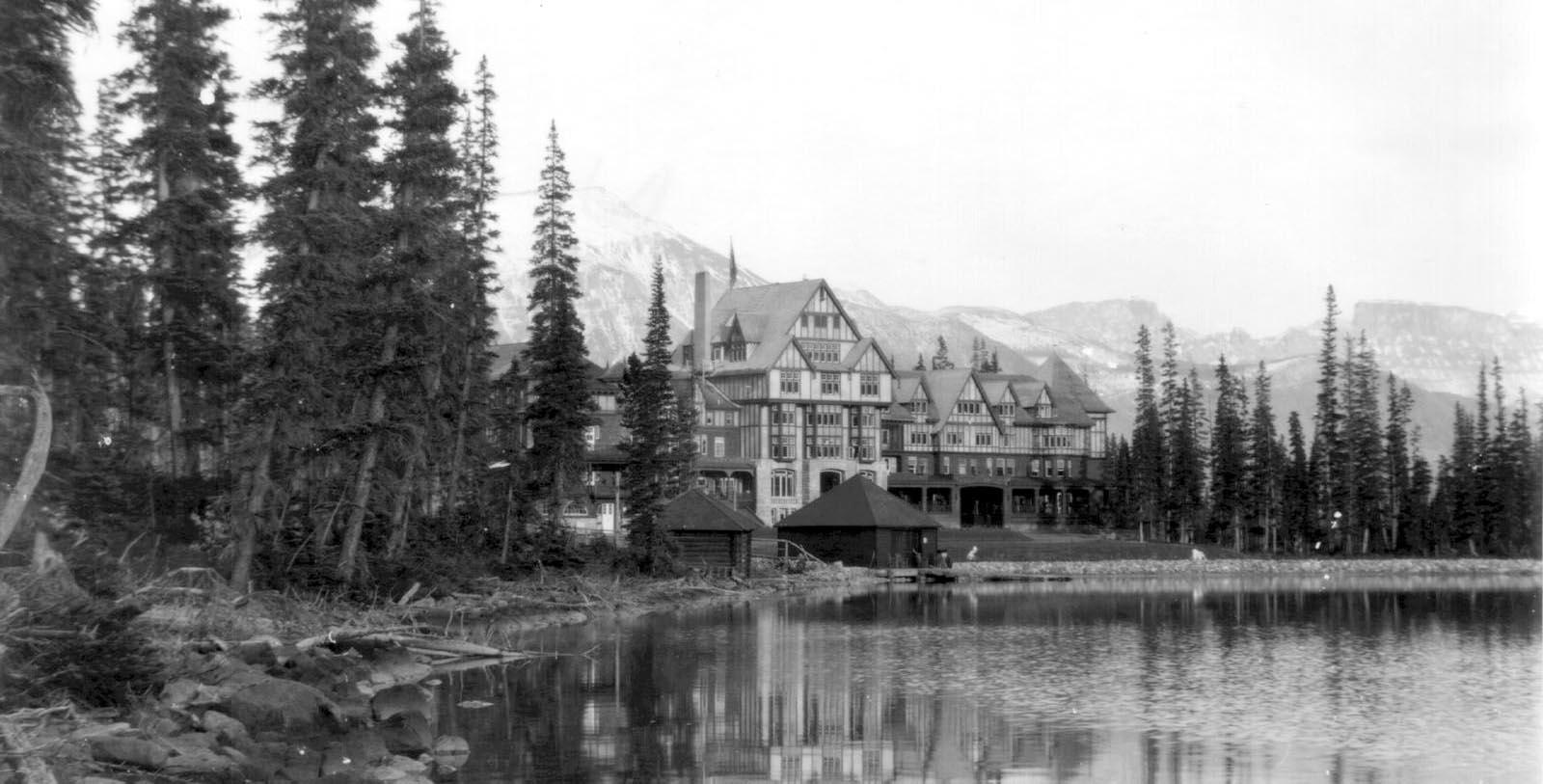
From Sea to Sea
The “Last Spike” of the Canadian Pacific Railway was driven on November 7, 1885. It took 10 years to tie the young country together with a ribbon of steel. The building of the CPR was the most expensive project ever completed in Canada and the railway needed to start paying for itself right away. Another well timed event was about to change the way people used the Bow River Valley.
Railway Hotels
William Van Horne, now the new president of the Canadian Pacific Railway, realized he could use the railway for more than just hauling freight across the country. He had a vision of bringing people to the West to enjoy the spectacular mountain landscapes. One of his most famous quotes was, “If we cannot export the scenery, we shall import the tourists.” After Van Horne completed the railway, he built dining stations and hotels along the route for his first-class guests to enjoy. These hotels included The Banff Springs, The Palliser in Calgary, The Empress in Victoria, and in 1890, only eight years after Tom Wilson first laid eyes on it, the first Chalet at Lake Louise.
The main attraction for The Banff Springs was, of course, the hot springs. In the early days, hot water was piped from the springs directly to the hotel. The appeal of the Chalet at Lake Louise was its spectacular location on the lakeshore. Van Horne envisioned it as “a hotel for outdoor enthusiasts and alpinists.” It was a single-level cabin, 30 by 50 feet, consisting of a veranda, sitting room, kitchen and beds for 12 guests. This first Chalet burned down in 1893, fortunately while unoccupied.
The second Chalet was built in 1894 from the $2,500 insurance money received by the Canadian Pacific Railway. The second structure was similar in size, but was a clapboard building instead of a log cabin. At the same time the road was improved to the chalet, allowing horse-drawn carriages to make the trip to the lake.
In 1896, the Chalet at Lake Louise added a second storey and could now accommodate 20 people. It was becoming a popular stopover point and many people who could not stay in the hotel tented nearby.
Hot Springs Reserve
In the fall of 1883 three railway workers stumbled upon hot springs on the lower slopes of Sulphur Mountain in Banff. At the time hot springs were reputed to cure all kinds of ailments and generally improve one’s health. Spa resorts were already very popular in America and the Alps. A dispute over the ownership of the hot springs erupted. In 1885, the same year the Canadian Pacific Railway was finished, the Canadian government decided to take control of a 26 square kilometer (10 square mile) area around the springs, which was the beginning of Canada’s first national park.
Mountain Climbers
One of the main attractions of Lake Louise and the Canadian Rockies at this time was the unexplored mountains. Mountaineering had become all the rage among the wealthy class in England, Europe and America. To be the first to climb a mountain was considered the greatest achievement. By the 1870s all the highest peaks in Europe had been conquered. In 1885, with the completion of the CPR, Van Horne realized he had another attraction. His rail line ran through what he labeled “a sea of unconquered peaks,” and the race was on to see who could ascend them first.
The easiest peaks were soon climbed. In 1894, Mount Temple was conquered, making it the highest point yet reached in Canada. The real prizes were the big peaks at the back of Lake Louise: Mounts Lefroy and Victoria. In 1896 a group of four American climbers stepped up to the challenge, including a young lawyer from Boston, Philip Abbot, who had climbed in Alaska, Europe and the USA. On August 3, 1896, they borrowed the hotel’s rowboat and, having rowed to the far side of the lake, made quick time up to the glacier to a high pass between Mount Victoria and Mount Lefroy. Near the top Abbot’s companions watched, horrified, as Abbot fell past them, taking their only rope with him as he tumbled down the mountain. This event is one of Lake Louise’s infamous claims to fame: the first mountaineering fatality in North America happened here.
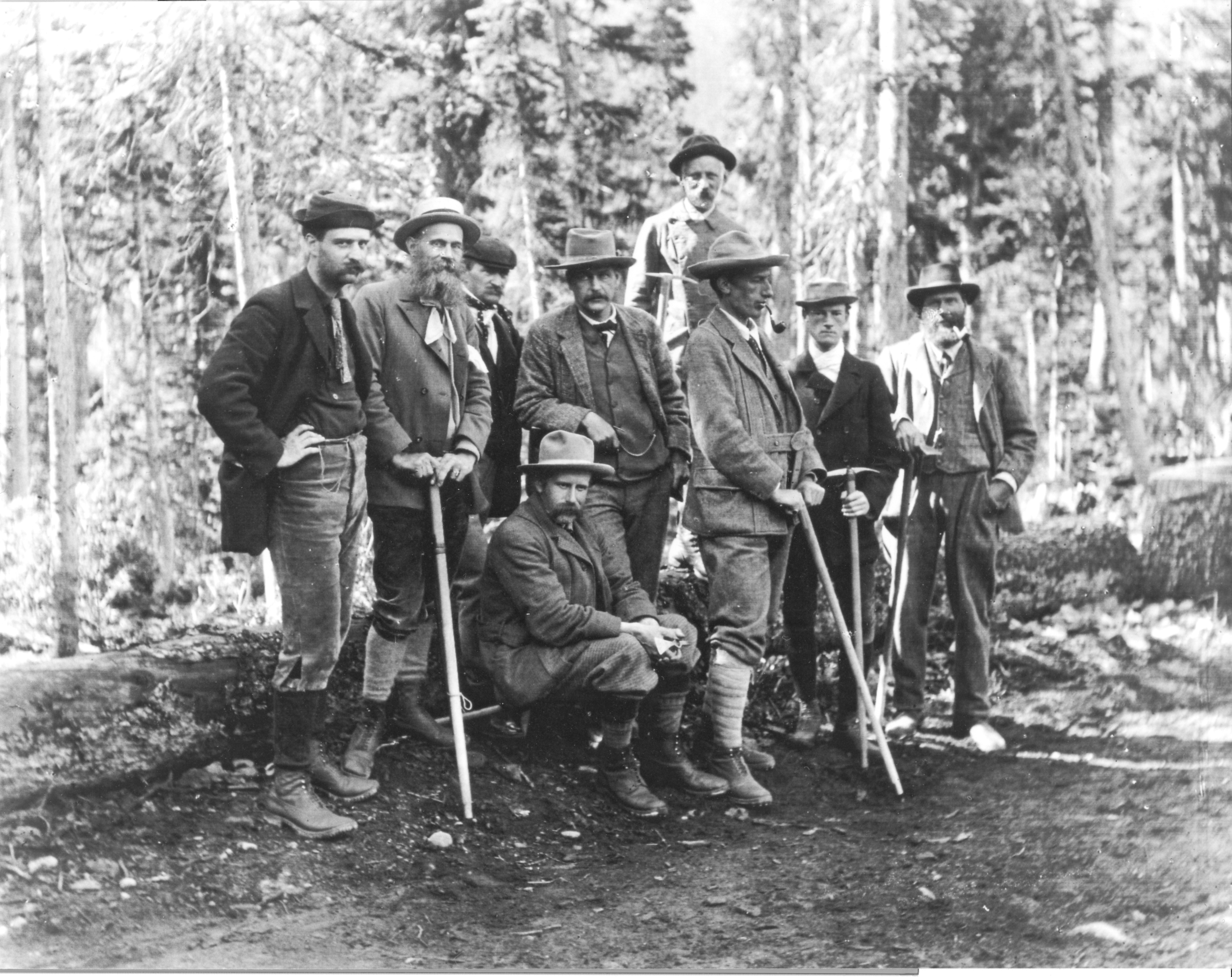
The Swiss Guides
Abbot’s father wanted to prove that his son had not died in vain on an un-climbable peak and arranged for another group to climb Mount Lefroy. These climbers, although competent in their own right, brought with them a professional Swiss Mountain Guide and made the first ascent of Mount Lefroy on the one-year anniversary of Abbot’s death. Two days later they climbed Mount Victoria. The success of these first guided ascents led to the Canadian Pacific Railway’s decision to hire Swiss Guides to make mountaineering safe for their guests. In 1899, Christian Hasler Sr. and Edward Feuz Sr. became the first professional mountain guides in Canada. This was the beginning of the “Golden Age” of climbing in the Rockies and, by the late 1920s, all the highest peaks in the range had been climbed.
Huts & Teahouses
In order to add more variety to the recreational opportunities, the hotel built extensive trail systems for horse riders and hikers. The hotel was responsible for all the trails in Lake Louise, Paradise Valley and the Moraine Lake valleys. It also built the tea houses and the highest permanent stone structure in Canada, Abbot Pass Refuge Cabin, located at an altitude of 9,600 feet between Mounts Lefroy and Victoria. Today the cabin is a National Historic Site. Swiss Guides allowed novice mountaineers to enjoy the peaks in the area, and by the early part of the 20th century more people were visiting the lake each summer. The Chalet began an aggressive expansion campaign and soon had a distinctive Neo-Tudor style with additions designed by Francis Rattenbury.
Painter Wing
In 1912 Canadian Pacific Railway architect Walter Painter built an addition quite out of character with the rest of the building. Unlike other CPR hotels at the time that had been inspired by Scottish Castles or French Chateaus, Painter’s design had an Italian villa style. When completed, the hotel had 320 guest rooms as well as the spectacular Victoria Dining Room and smaller Sun Room. Today these rooms have the only working fireplaces in the hotel. All the detailed paintings on ceilings throughout the hotel were done in the early 1990s by an Austrian woman who hand-painted all the floral designs and scenes. It took her three years to complete the work.
1924 Disaster: On July 3rd the president of the CPR received a telegram from the hotel manager saying, “Chalet Lake Louise on fire and is beyond control.” The fire started in the cook’s quarters, swept through the immense wooden Rattenbury wing in a matter of hours, completely destroying it. The quick action of the staff in closing the metal fire doors saved the Painter Wing. No lives were lost and all guest luggage was saved, although the staff living in the attic lost all their possessions. The hotel was quick to recover; it was soon business as usual and dinner was served to 126 guests that night, with an orchestra and dancing. The next day shoeshine, hairdressing and valet services were all restored.
Barott Wing
Reconstruction on the hotel began almost immediately. Architects Barott & Blackader from Montreal designed an extension in the same style as the Painter Wing. In order to have the new wing open for the next summer season, they were forced to build in winter when it was impossible to pour concrete at temperatures that were as low as -40 degrees. To solve this problem, they encased the whole structure in a wooden and paper canopy to keep the temperature above freezing. The new wing was open to the public on June 1, 1925. The Chalet had become Chateau Lake Louise, with 400 rooms and a summer staff of 425. A year later a pool was added and, at 110 feet long by 40 feet wide, it was the second-largest outdoor pool in Canada at the time. Today this section of the hotel is known as the Barott Wing. The hotel’s appearance would now look basically the same for the next 60 years.
Insider tip: To view a series of photos of the Chateau over time, visit the Living Room above the main lobby.
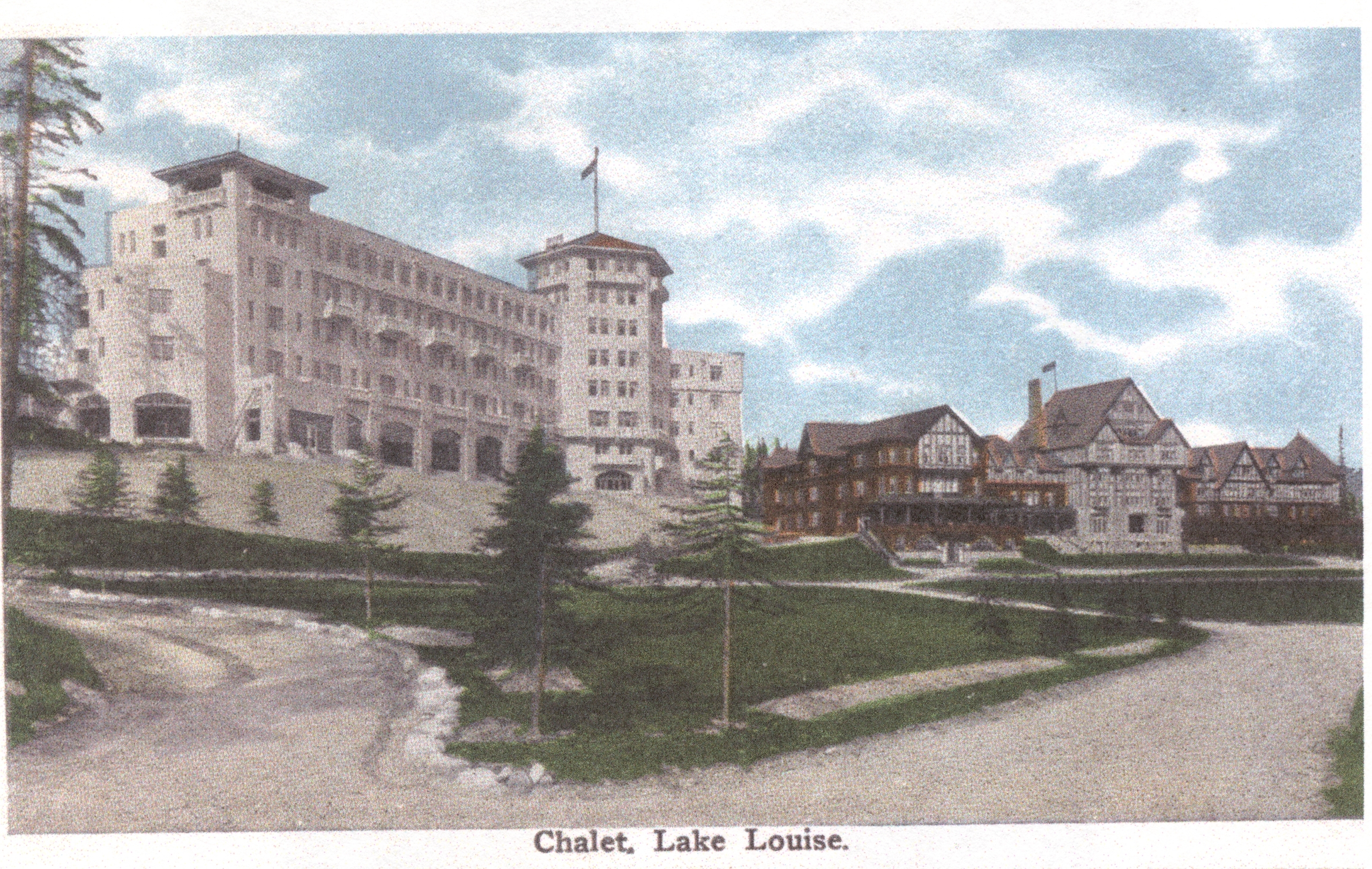
J.B Harkin & The Birth of Conservation Thinking
During this early period of hotel development, the national park surrounding it was also going through big changes. One of the original reasons for establishing the park was to help pay for the railway. It was commercialization, not conservation, that spawned the parks. In 1911 the first commissioner of national parks, J.B. Harkin, was hired and today he is known as Canada’s “Father of National Parks.” Harkin knew that the parks could be made “useful” by promoting tourism, but he also had a strong sense of conservation. To protect wildlife from illegal hunting and the forest from wildfire, he created the park warden service. He also helped draft Canada’s National Park Act of 1930, which guaranteed the right of Canadians to use the parks, but also gave them a responsibility to leave them “unimpaired for future generations.” 1930 was also the year that the park boundaries were changed for the last time and the park.
Early Skiers
Mountain hotels such as The Banff Springs and The Chateau Lake Louise were only open from June to September every year. Few people visited the parks during the winter. This changed when mountain guides introduced young locals to the exciting sport of skiing. One of the first lodges dedicated to skiing appeared in Lake Louise in 1930. Skoki Ski Lodge still operates today and is a National Historic Site. At this time there were no ski lifts and people had to walk up the slopes in order to ski down! Naturally, the ski industry was slow to grow. The Chateau was closed during WWII and the post-war period was the beginning of a decline in popularity for the Canadian Pacific Mountain properties.
With post-war improvements in roads, the Age of the Train and rail travel was giving way to the Age of the Automobile. As a result, fewer wealthy international visitors were visiting the Lake Louise area.
End of an Era
By 1954 the last of the Swiss guides was let go. In their 55-year history with the hotel, with hundreds of first ascents and thousands of repeat ascents of mountains in the area, not one person was seriously injured while climbing. Although the park was seeing more visitors than ever, about 450,000 in 1950, it was mostly local, average-income Canadians who were driving to the park and camping or staying at newly established bungalow camps or motor lodges, now called motels. Canadian Pacific was losing money every year on the Chateau because of its high maintenance cost and short operating season. By the late 1960s there was talk of either selling the hotel or even demolishing it.
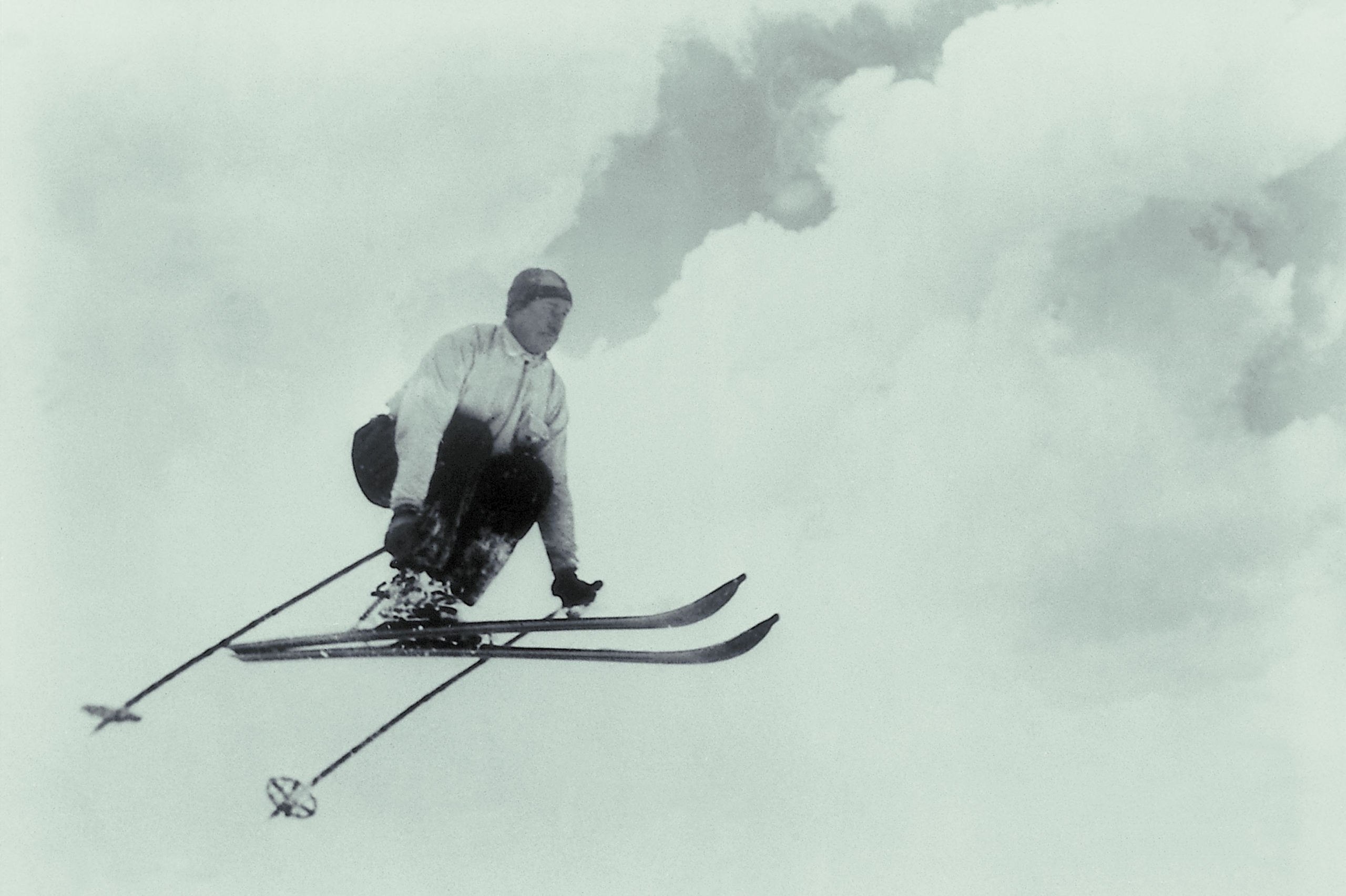
Winter to the Rescue
Canadian Pacific looked for ways to make the hotel more profitable. With the growth of skiing in the 1970s and new ski lifts being built across the valley at the Lake Louise Ski Area, a decision was made to spend money to winterize the hotel. In 1982 the hotel was finally open year-round for the first time, in the same year that Calgary was announced as the host city for the 1988 Winter Olympics. This announcement, along with a new commitment by Canadian Pacific Hotels to preserve their heritage properties, led to a major rejuvenation of The Chateau Lake Louise. Between 1982 and 1986 new electrical and plumbing systems and a new indoor pool were added. In 1987 the hotel began the $50 million Glacier Wing expansion. This project included the Fairview Dining room, Poppy Restaurant, Walliser Stube, 24-hour Deli and 100 new guestrooms, with the lobby and parking garage added in 1989.
In 1984 Banff, Jasper, Yoho and Kootenay National Parks were listed as part of the Canadian Rocky Mountain Parks World Heritage Site by the United Nations. During the 1980s some significant changes were also happening within Canada’s National Parks. The dual mandate of preservation and recreation had always been a very delicate balancing act. By the 1980s human development in the parks was starting to have potentially serious impacts on the ecosystem. Canadians overwhelmingly agreed that the core value of national parks should be the long-term preservation of these special places and the creatures that live in them. To achieve these goals, Canada changed its National Parks Act in 1988 and again in 2000 with protection of the ecosystems being the first priority. This was the beginning of a new era in the way the national parks would be managed.
The Final Chapter
By the early 1990s the hotel recognized the need for more meeting space if it were going to compete in the marketplace for group, tour and conference business. Plans for the new Mount Temple Meeting Facility were submitted to Parks Canada in 1994 and tentatively approved in 1998. The Mount Temple Meeting Facility was the first development proposal in the history of Canada’s National Parks to have adopted a “No Net Negative Environmental Impact” monitoring framework. The Chateau had to prove that the operation of the new facility as well as the original hotel would not result in significant ecological impacts over time. There could be little or no increased use of power, water, trail or road use, and the completed addition must not have a negative influence on the flora and fauna of the Lake Louise area. Also, part of the agreement was that there could be no future expansion of the hotel; all unused land on the leasehold was returned to the park. It took until 2001 to get the final approval. The $65 million addition opened in May of 2004 and contains 81 rooms, bringing the hotel’s total to 550. There are six smaller meeting rooms and the Mount Temple Ballroom, which can accommodate 700 people. Please feel free to wander through this spectacular space and learn about the many wonders of Lake Louise.
The Alpine Gallery
One of the key features of the new wing is the huge stained-glass windows that reflect the Chateau’s ongoing commitment to the ecological integrity of Banff National Park. In 1900, 5,000 people visited the park; by 2000, this had increased to nearly 4 million people per year. On a busy summer day up to 16,000 people visit Lake Louise. We all have a shared responsibility, as guests, staff and as a business operating in a national park, to ensure that the ecological health of Banff National Park is maintained into the future.
This has been a journey through over 100 years of history from the early Chalet to the current Chateau. There have been many changes both to the hotel and to the national park that surrounds it. The Fairmont Chateau Lake Louise has played an important role in the cultural heritage of Lake Louise. Today it works in partnership with Parks Canada to ensure that future generations will be able to enjoy Banff National Park, a spectacular national treasure, and its “Diamond in the Wilderness.”
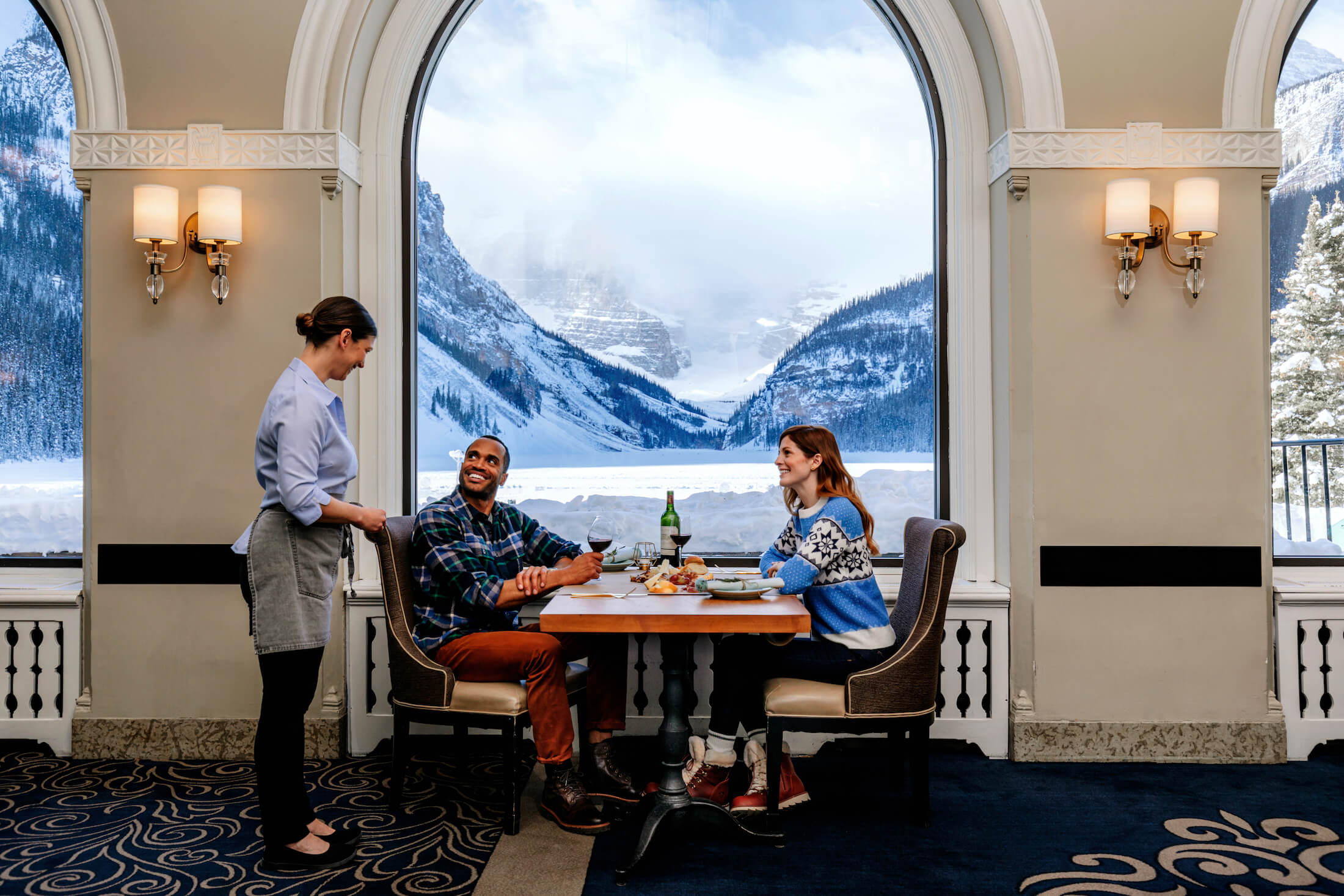
Redeem Points
Make the most of your points. Travel, experiences, charity and more—the choice is yours!
